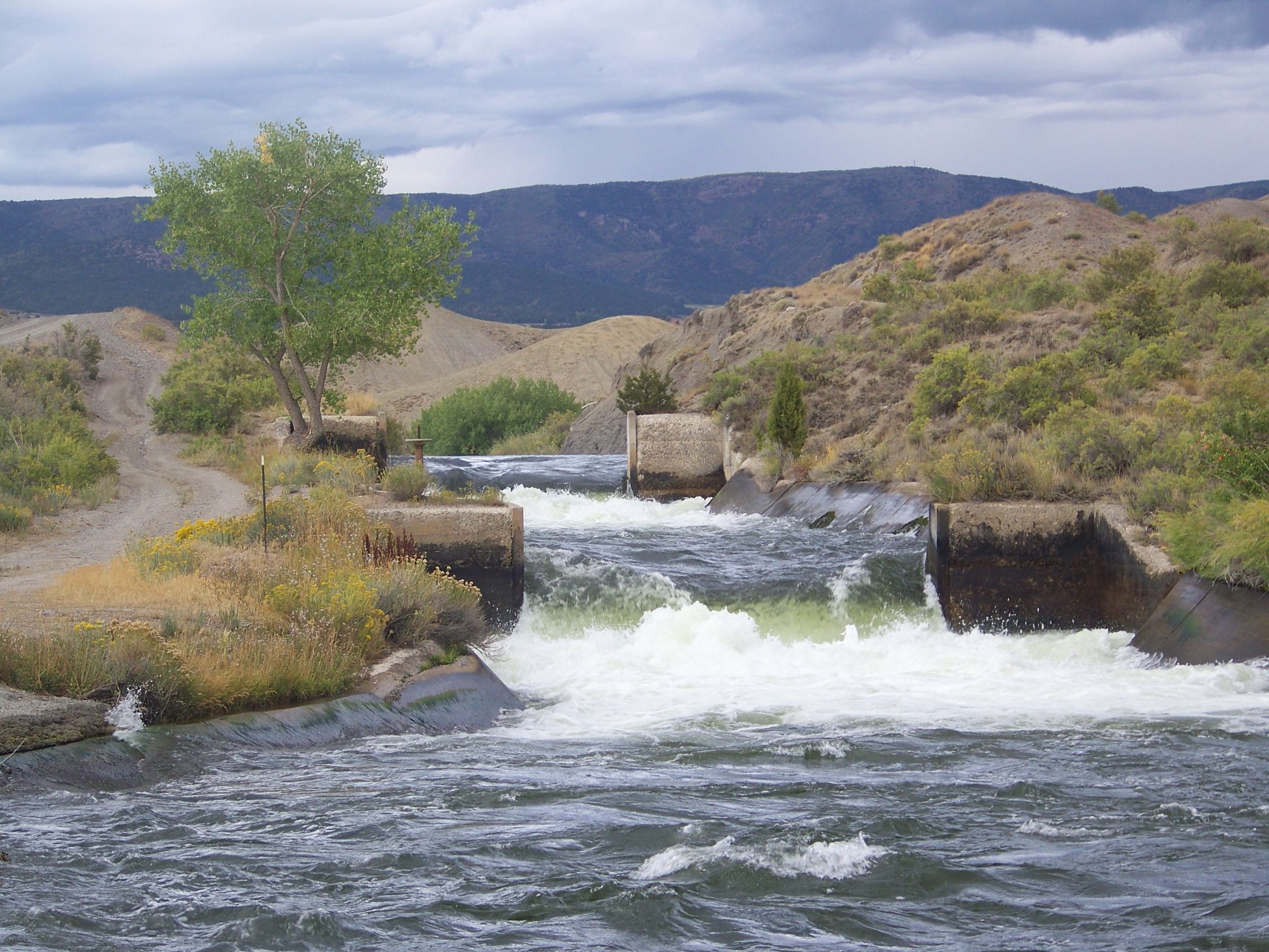
New Electricity from Existing Dams and Weirs – Retrofitting in Southern Africa
Location
Countries of Southern African Development Community SADC
project period
March-April 2016
client
GIZ, Deutsche Gesellschaft für Internationale Zusammenarbeit
Services provided
Consultancy
Partner organisation
The SADC Regional Strategic Action Plan IV on Integrated Water Resources Development and Management having direct links to the retrofit idea, GIZ seeks to pilot the retrofitting concept under real, local conditions in cooperation with the SADC and the private sector. Skat was mandated to do an in-depth analysis on frame conditions in SADC countries and evaluate data bases to estimate technical potentials.
Objective: Create a basis for a successful African model case for installing turbines for hydropower generation at an existing barrage.
Services provided by Skat: analyse electricity sectors in all 15 SADC countries including electrification rate, electricity generation deficits, regulatory frameworks (feed-in tariffs net metering, grid code etc.), electricity prices etc. and establish a ranked list prioritising countries with most favourable frame conditions for a retrofitting project. In the most promising countries (Tanzania, Madagascar, Mozambique, Zambia, Malawi, Lesotho), the technical retrofitting potential for exploiting hydropower at existing irrigation structures was estimated, based on data from an irrigation database (FAO Aquastat) and additional visual inspection of irrigation structures on satellite photos. Skat’s experts developed a specific methodology for a quantitative assessment. Due to the turbine technology intended to be applied for power generation the boundaries were set to 2-10 m head and more than 20 m3/s average flow (at least 0.4 to 1.8 MW or more).
Activities: compile and analyse information on electricity sectors in SADC countries; rank all 15 countries; analyse irrigation data from the FAO Aquastat database; verify irrigation structures in google earth; establish a ranked list of potential sites, draw conclusions & recommendations and draft next steps; describe the methodological approach.
Results: Provision of a ranked list of countries with interesting frame conditions and of promising sites in such selected SADC countries; this information can be used for reconnaissance site visits to survey required additional information to assess the real hydropower potentials and thus options for project implementation.

